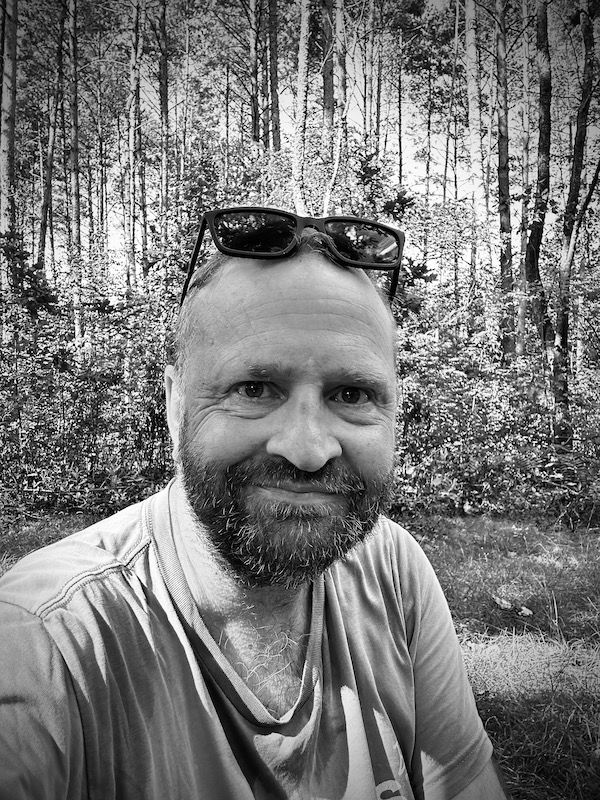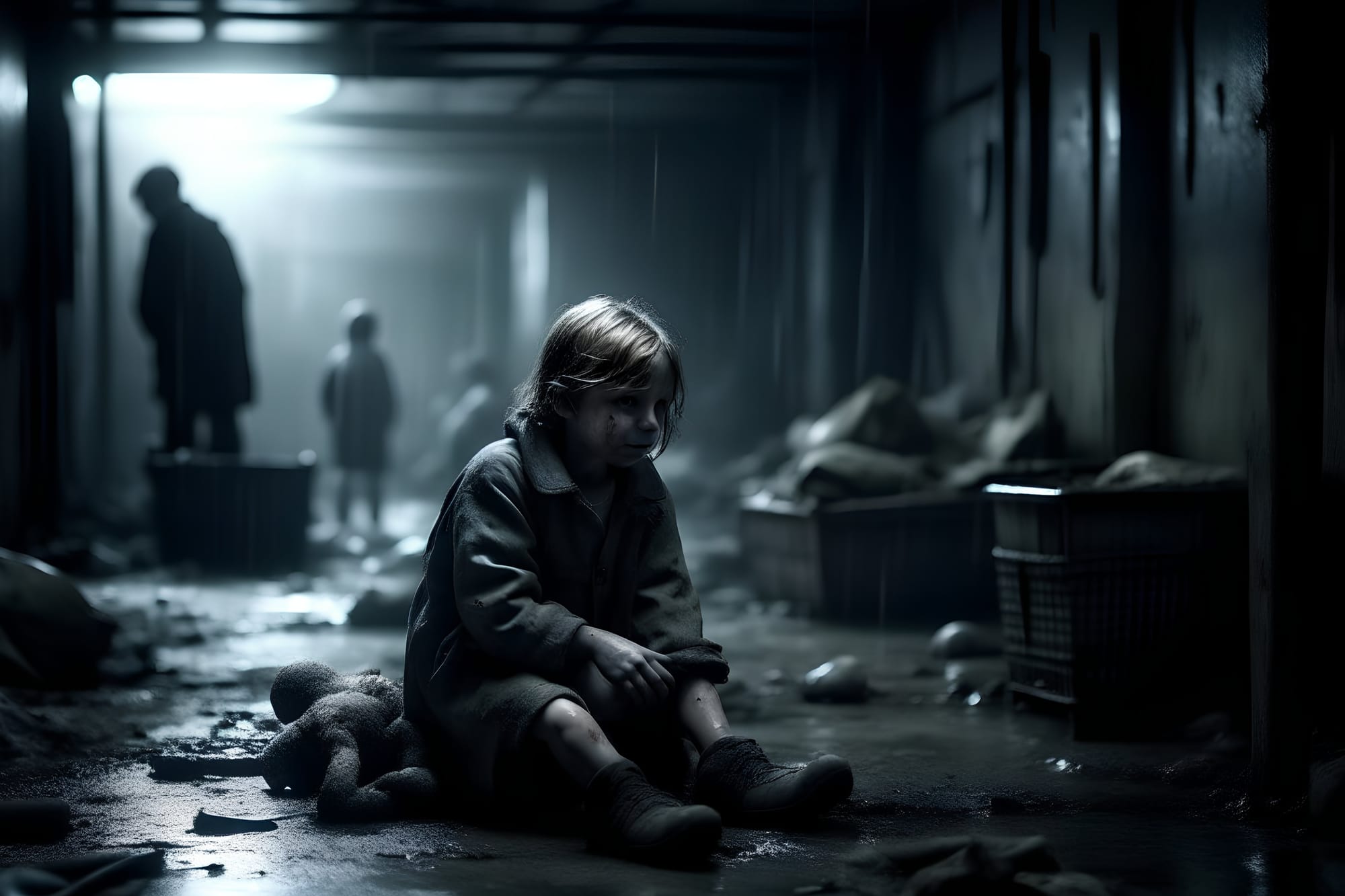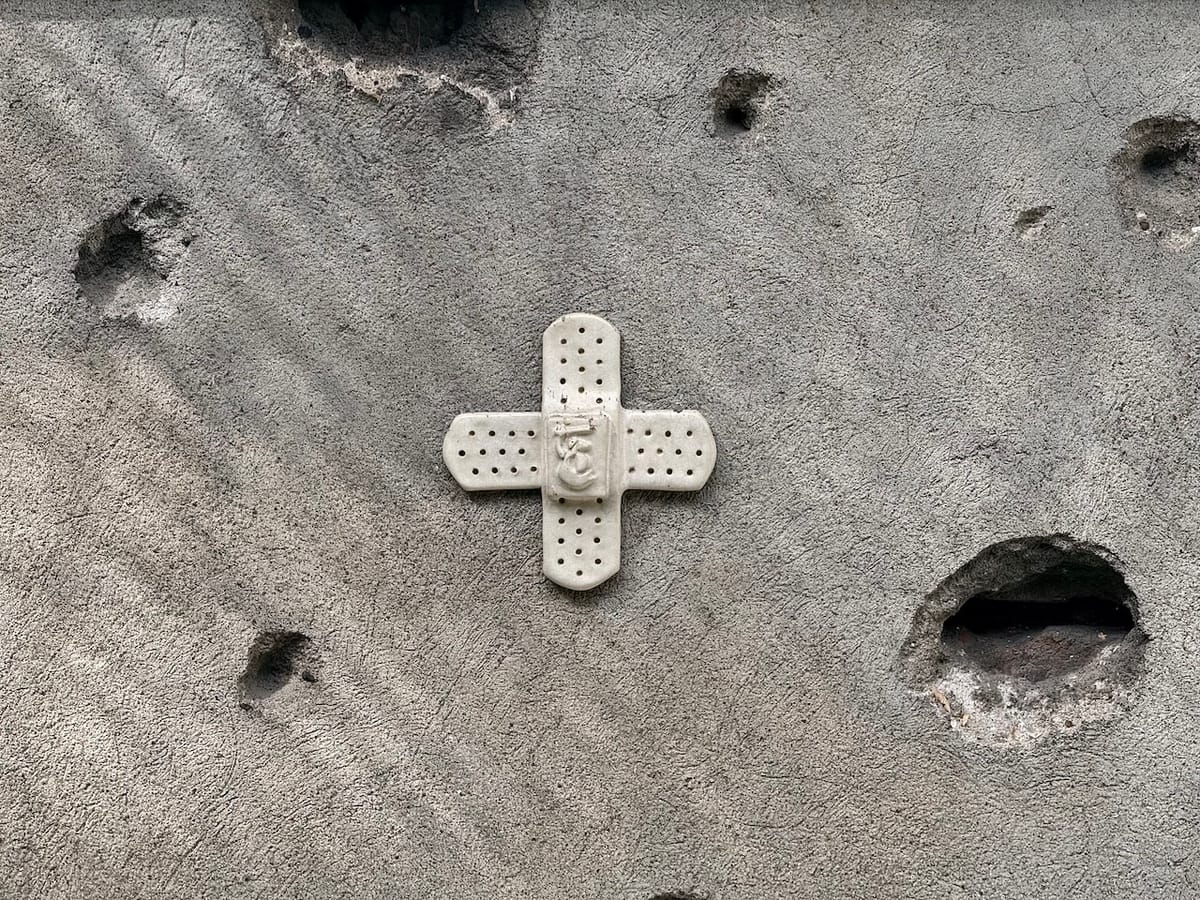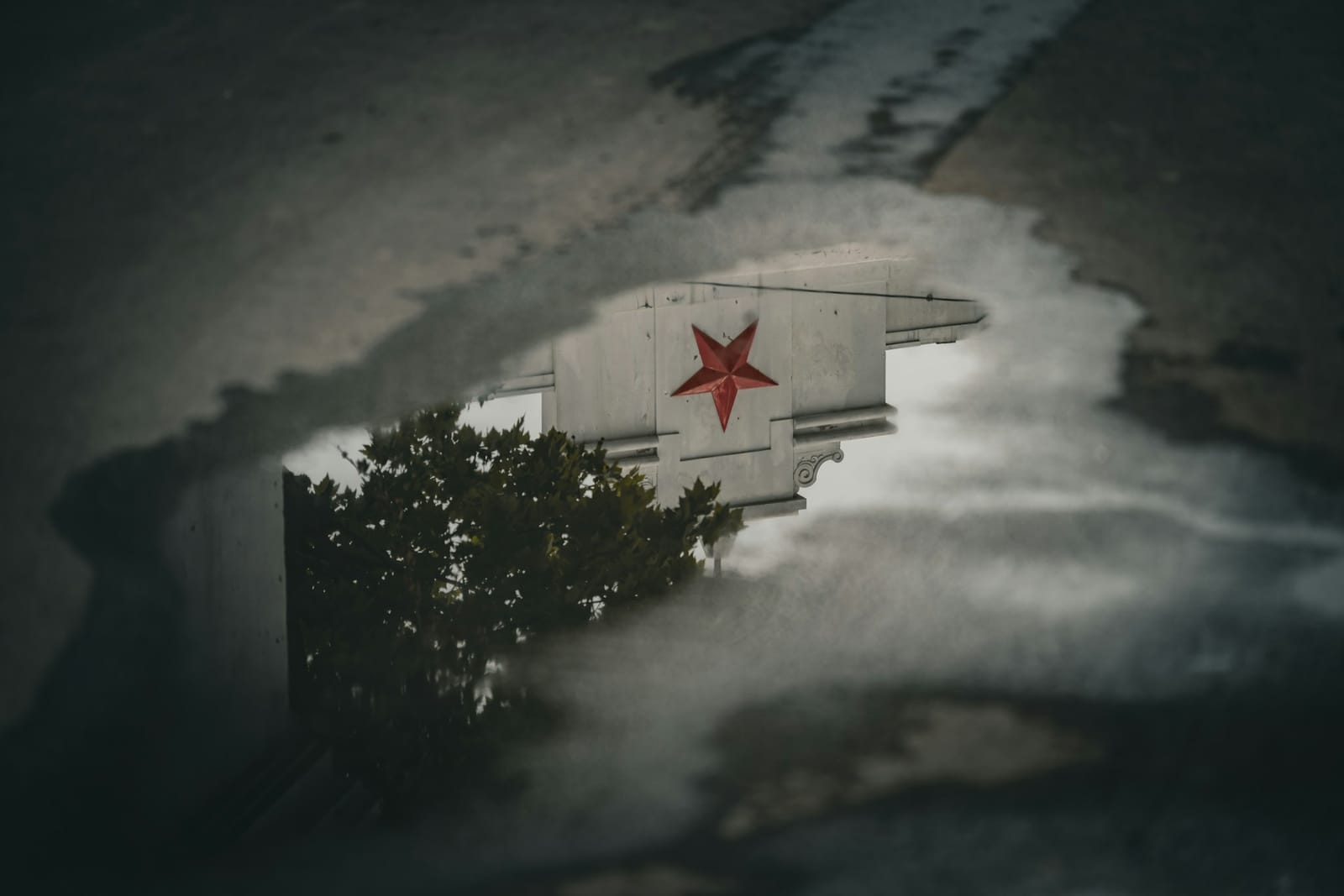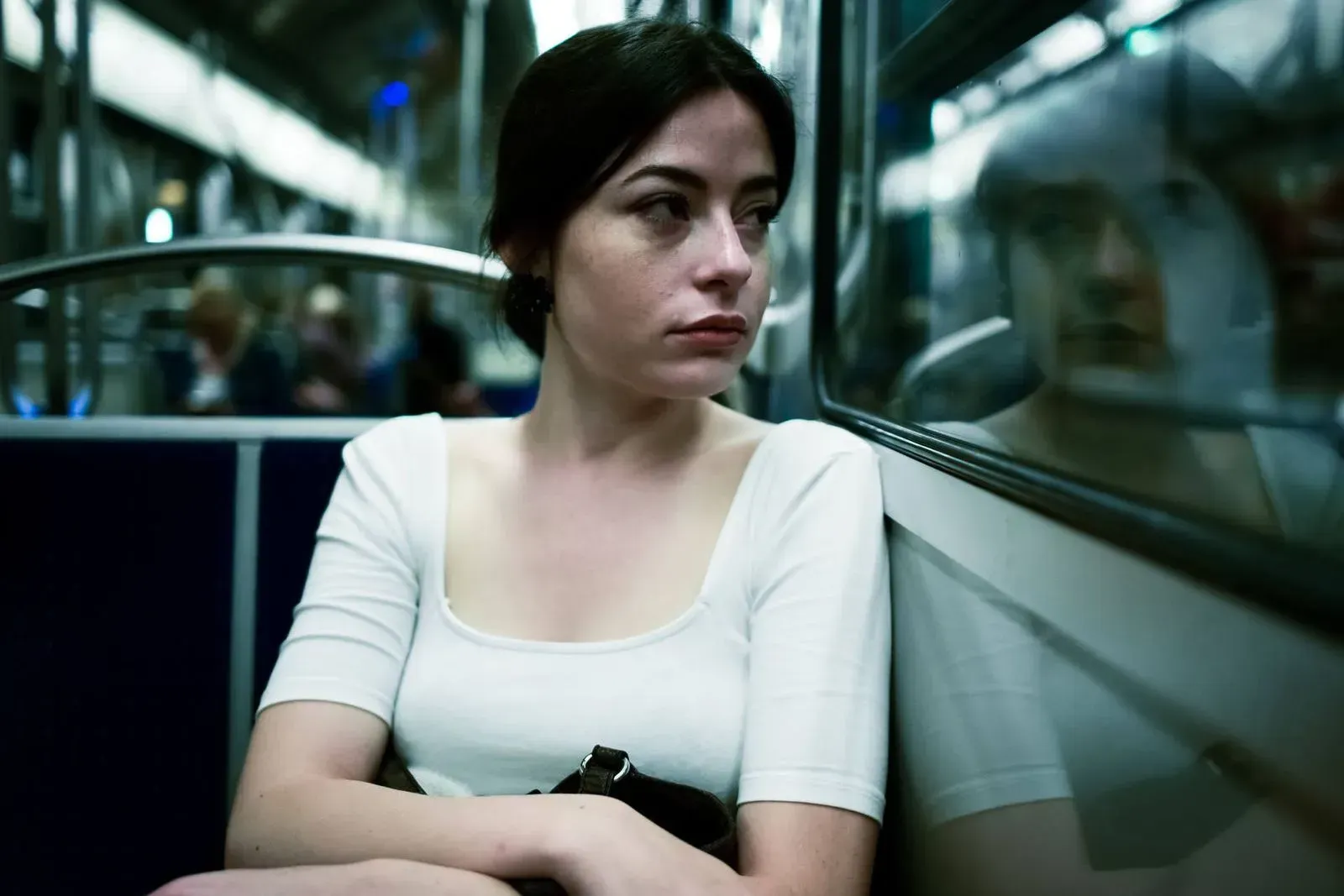Every story begins somewhere, but "The Syren Protocols" began with water. Not the gentle lapping of waves against a shore, but the violent, transformative force of flood waters reclaiming a city. The vision that first sparked this project was deceptively simple: a young woman standing in the ruins of Warsaw, clutching photographs of a life that no longer existed. From that single moment, an entire world began to emerge.
The Genesis: When History Meets Speculation
The initial idea didn't arrive as a complete vision but rather as a series of connected questions. What if Warsaw flooded? What if geopolitical tensions were the literally cause of drowning? What if the tools of resistance weren't weapons, but memories themselves?
Warsaw chose itself as the setting. Living there, and having spent time researching the city's extraordinary history of resistance - from the 1944 Uprising to Solidarity and beyond - I was struck by how this was a place that understood survival against impossible odds. The geography helped too; the Vistula River valley seemed perfectly positioned for the kind of catastrophic flooding that could reshape not just a landscape, but an entire society.
But this wouldn't be natural disaster. As the story developed, it became clear that the flooding was deliberate - an act of war. The Russian invasion of Poland in my fictional 2034 employs water as a weapon, systematically flooding strategic areas to break resistance and force displacement. It's a tactic both ancient and terrifyingly modern: control the water, control the population.
The year 2034 felt right - close enough to feel urgent, far enough away to allow for significant geopolitical shifts. But rather than writing pure climate fiction or pure political thriller, I found myself drawn to the intersection: how personal trauma mirrors collective trauma, how individual acts of remembering become collective acts of rebellion against an occupying force that seeks to erase Polish identity entirely.
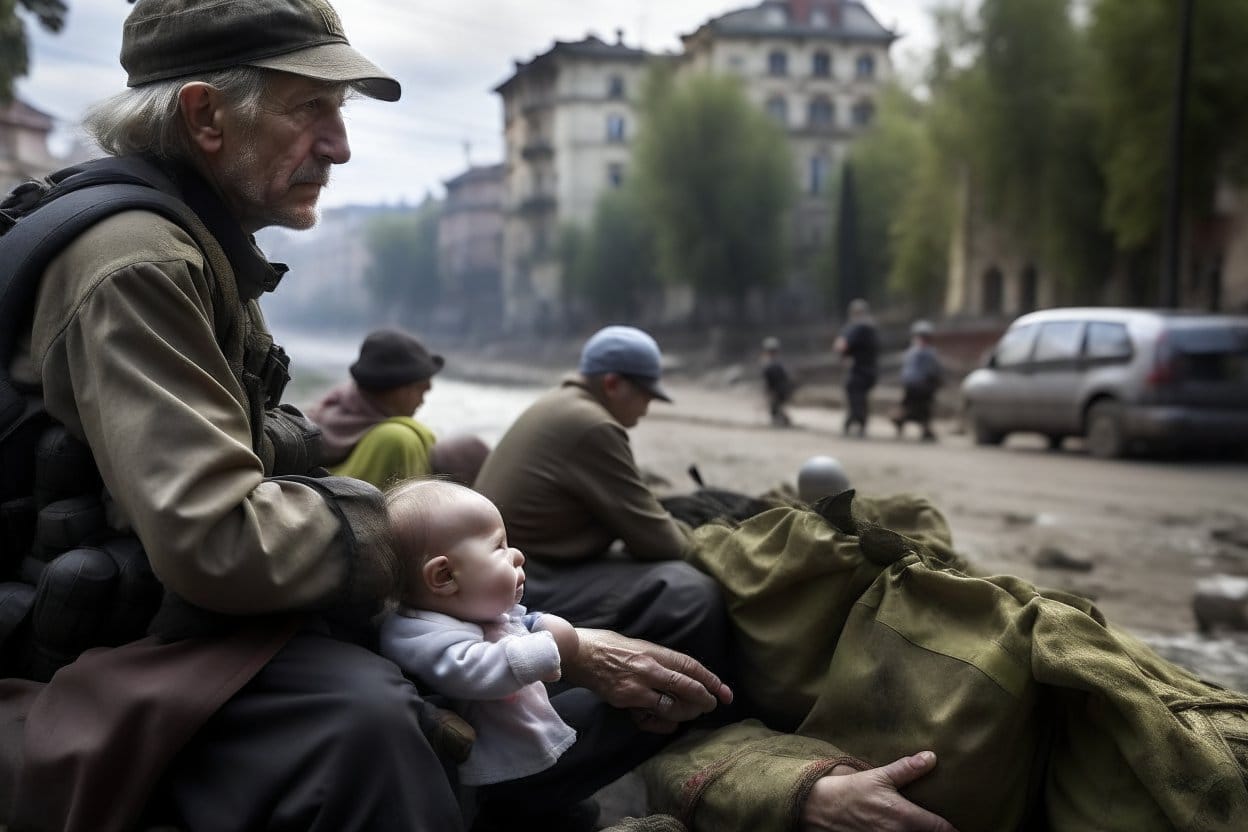
Building Authenticity in Imagined Worlds
One of my biggest challenges was creating a Warsaw that felt authentic to readers familiar with the city while being transformed enough to serve the story's speculative elements. This meant diving deep into the city's geography, understanding which neighbourhoods would flood first, how the Metro and sewage systems might be repurposed, where people would naturally gravitate in a crisis.
I spent countless hours studying maps of the city, understanding its pre-war Jewish heritage and its post-war reconstruction. When I made Fritha an orphan from Praga Południe, it wasn't arbitrary - that area's proximity to the Vistula made it believable as one of the first casualties of rising waters, while its historical significance added layers of meaning to her displacement.
The research extended beyond geography. I read extensively about refugee experiences, not just contemporary accounts but historical ones from Warsaw's own traumatic past. The psychology of displacement, the way people cling to objects and images when everything else is lost - these patterns repeat across time and circumstance. For example, understanding them helped me write Fritha's obsession with photographs not as quirky character trait, but as a deeply human response to loss.
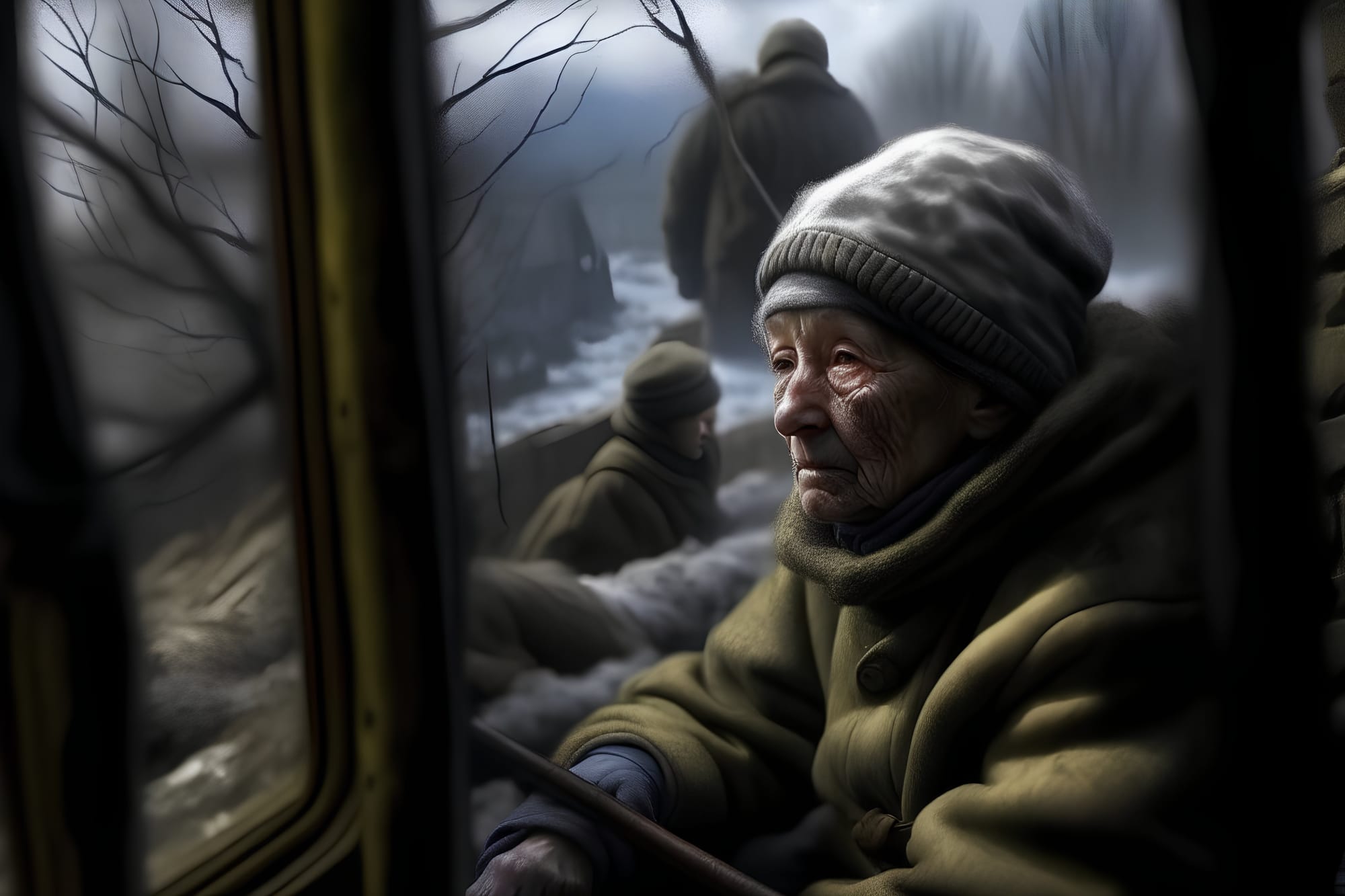
The Intersection of Memory and Resistance
Early in the writing process, I realised that "The Syren Protocols" was fundamentally about different types of memory. Fritha's personal memories, trapped in photographs and threatening to trap her. Diana's journalistic memory, trying to document truth in a world where information itself is weaponised. The collective memory of Warsaw, a city that has been destroyed and rebuilt multiple times.
This is where the biblical commandment "No graven images" began to weave through the narrative. Fritha's relationship with her photographs represents a kind of modern idolatry - the worship of a past that can never return. But in a world where the occupying forces are trying to erase Polish identity, the preservation of images becomes an act of defiance. The line between dangerous nostalgia and necessary resistance becomes blurred.
The Dendron - the mysterious bio-weapon deployed by the Russian occupying forces - embodies this tension between memory and control. Without spoiling too much, I'll say that it represents the ultimate violation: not just the occupation of territory, but the invasion of consciousness itself. When an occupying force can manipulate memory and perception at a biological level, traditional resistance becomes nearly impossible. The line between dangerous nostalgia and necessary resistance becomes blurred when the enemy can literally alter how you remember your own life.

Crafting Multiple Voices in a Broken World
Writing from Diana's perspective as the primary character while giving Fritha her own voice presented interesting technical challenges. Diana is a trained observer, someone whose profession is to witness and record. Her narrative voice needed to be clear, analytical, but also haunted by her own losses. She's documenting Fritha's story, but she's also living her own.
Fritha's voice, when it emerges, needed to feel genuinely different - more fragmented, more poetic, more caught between past and present. Her dialogue often comes in bursts, long silences followed by torrents of observation. She speaks in a way that someone might who has spent too much time alone with photographs and memories.
The challenge was making both voices feel authentic while advancing the larger narrative. Diana's journalistic instincts drive much of the plot's investigation into the resistance and the true nature of the Dendron bio-weapon, while Fritha's intuitive understanding of loss and transformation provides the emotional core that makes the speculative elements feel human. Diana's professional training in documenting truth becomes crucial when the occupying forces are not just suppressing information, but potentially altering the very capacity to perceive and remember truth.

Balancing Hope and Despair
One of the most difficult aspects has been calibrating the sense of emotional temperature. This is a story about occupation, displacement, trauma, and loss - heavy themes that could easily overwhelm readers. But it's also a story about connection, resistance, and the possibility of healing. Finding that balance has been crucial.
I've tried to ground the hope in small, concrete moments rather than grand gestures. Fritha sharing a photograph with Diana. Survivors helping each other navigate the flooded Metro tunnels. The simple act of preserving a story when forces are trying to erase it. These moments don't erase the larger tragedy, but they suggest that human connection persists even in the worst circumstances.
The resistance movement in the story isn't romanticised - it's messy, uncertain, often ineffective against an occupying force that possesses both conventional military power and bio-weapons that can manipulate human consciousness. But it exists, and that existence matters. The characters don't save the world in any traditional sense, but they save pieces of it, fragments of identity and memory that the occupation seeks to destroy - fragments that might grow into something larger.
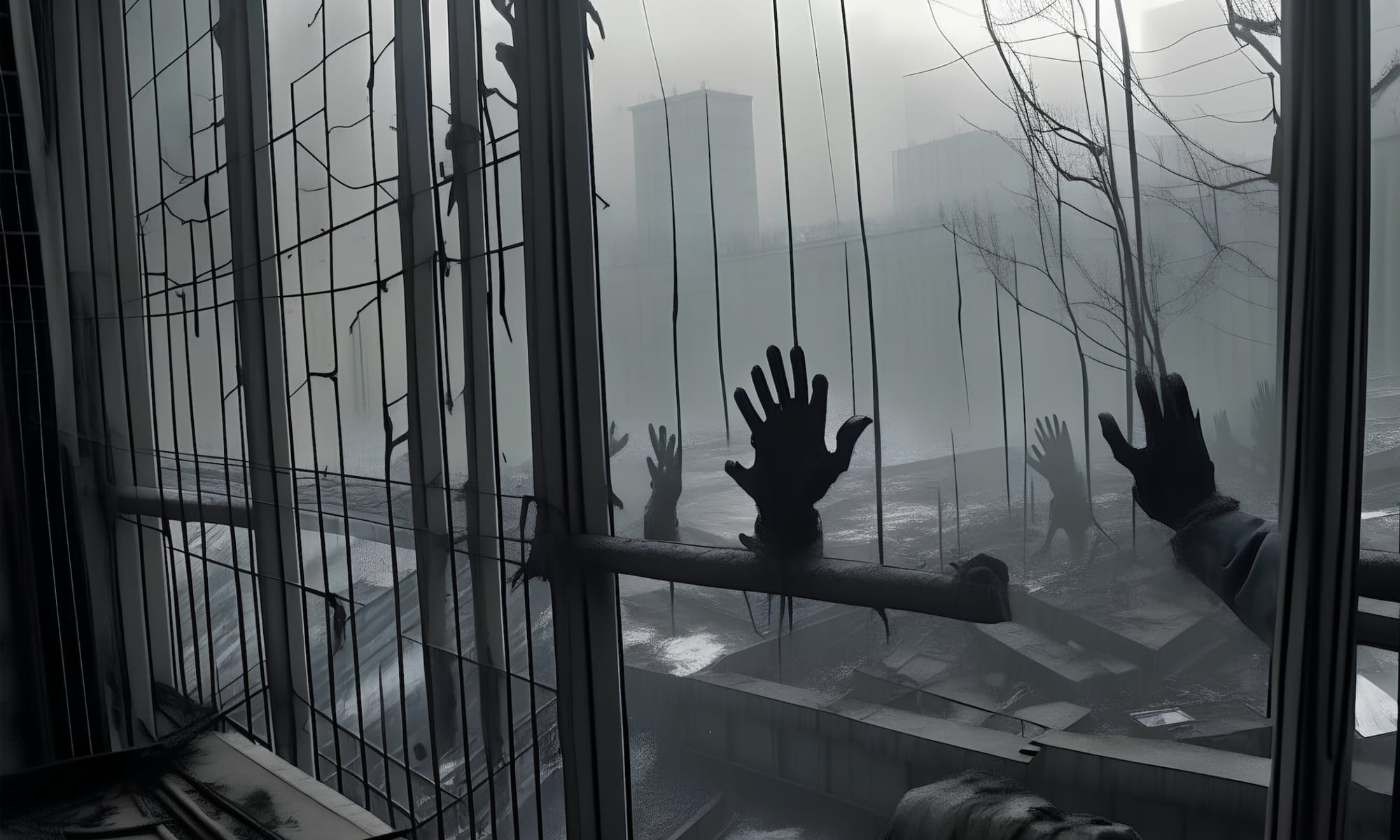
The Role of Speculation in Processing Reality
Writing "speculative fiction" has allowed me to explore contemporary fears - not just climate change, but the weaponisation of both environment and biology by authoritarian powers. By setting the story during a Russian occupation that employs deliberate flooding and bio-weapons, I can examine the human cost of warfare that targets not just bodies and buildings, but minds and memories themselves.
But speculation also provides distance. The horrors Fritha experiences under occupation are fictional, but they're built from real patterns of trauma and resilience that emerge whenever civilian populations face systematic oppression. Readers can engage with difficult emotions and ideas through the buffer of "this hasn't happened yet" while recognising the ways authoritarian tactics are already evolving in our world.
The Dendron itself represents this approach - it's a thoroughly speculative bio-weapon, but it emerges from very real anxieties about consciousness, memory, and what makes us human when those fundamental aspects of identity become targets of warfare. It allows me to explore philosophical ideas about resistance and survival in concrete, dramatic terms when traditional forms of opposition may be impossible.

Visual Storytelling and Atmospheric Writing
From the start, I've envisioned "The Syren Protocols" as a deeply visual story. This isn't just because of Fritha's obsession with photographs, but because the flooded cityscape itself becomes a character. Every scene is painted with water - standing water, flowing water, the absence of water where it once was.
I've tried to write in a way that gives readers clear images to hold onto while leaving room for their imagination. The abandoned church where Fritha shelters, with its crumbling frescos and shattered stained glass. The makeshift bridges connecting upper floors of partially submerged buildings. The way morning light filters through polluted water. These visual elements aren't just decoration - they reinforce the themes of beauty persisting amid destruction.
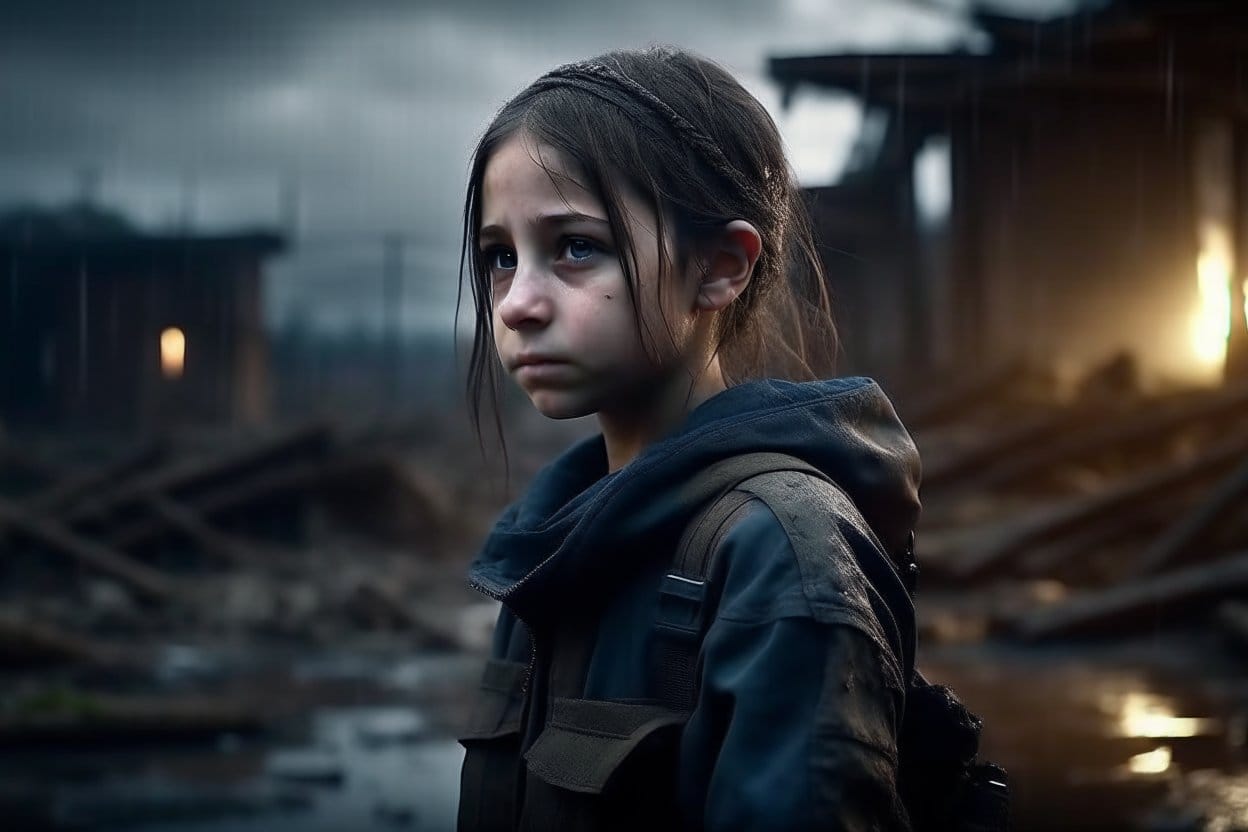
The Ongoing Journey
"The Syren Protocols" very much continues to evolve as I write it. Characters reveal new depths, the world becomes more complex, themes I hadn't initially considered begin to emerge. This is both the challenge and the joy of creating speculative fiction - building a world detailed enough to feel real while remaining open to discovery.
The story began with water and a young woman with photographs, but it has become something larger: an exploration of how we preserve what matters most when everything familiar is swept away.
In our current moment, when so many of us feel unmoored by rapid change, I hope readers will find in Fritha and Diana's story both recognition of loss and possibility of connection.
After all, even in the deepest waters, some things refuse to drown. Sometimes, they become the very things that help us swim.
